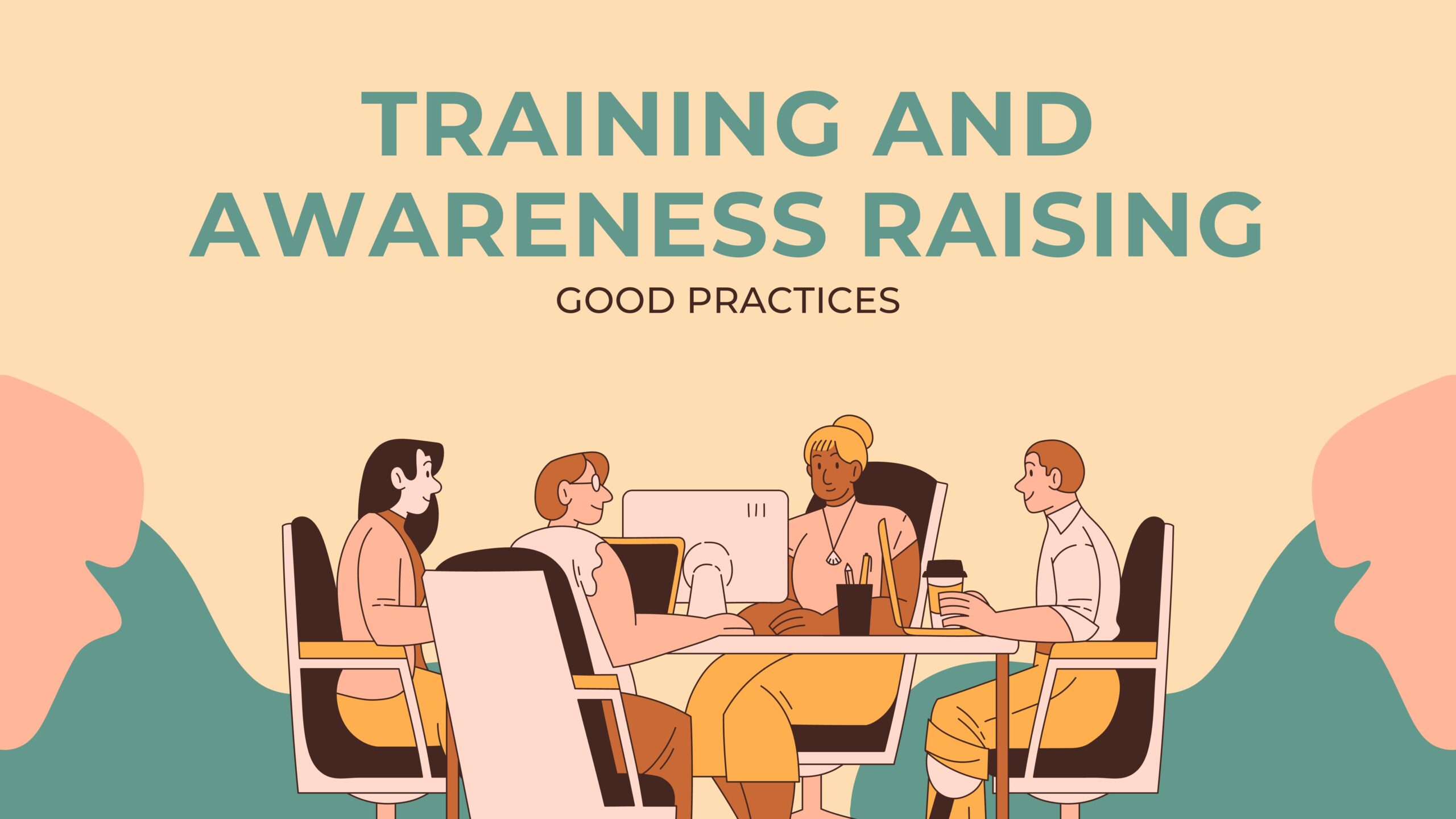On 29 November, the International Communication Workshop (Co-operation Workshop) was held online in the framework of the LOCALIENCE project. One of our Slovenian partners, the Slovenian Environment Agency (Ministry of Environment, Climate and Energy), ARSO, was the main organiser. This occasion was intended for the creation of joint communication and PR action plans for the project at regional, national and programme level, as well as for the preliminary definition of training plans.
In order to prepare effective communication activities, a number of good practices were collected during the previous phase of the project, which were processed and evaluated in this workshop. The focus was on good practices regarding communication and training at local level.
We were looking for practices that have been proven in the partner country in increasing climate awareness in society and developing the proactive disaster management attitudes and capacities of communities.
In the area of awareness raising and attitude building, the partners submitted thematic activities and programmes aimed at different social classes and target groups, to give a closer look at an extreme weather phenomenon in the region, together with a professional response. For example, in one of their good practices, the Slovenian Environmental Protection Agency in cooperation with schoolchildren, university students, firefighters, as well as municipalities and ministries has put up high-water mark signs to raise public awareness.
The Disaster Management Directorate of Vas County is raising awareness of disaster management through a regularly organized Slovenian-Hungarian drawing competition for primary and secondary school students. The competitions are always focused on a specific theme, usually natural and other disasters. Fire prevention, civil protection, flood prevention and safe leisure are the most suitable for entries.
One of our Austrian partners, the Office of the Styrian Government has shared a good practice of the Environment Agency of Austria titled “Natural hazard and climate change precautionary check” for municipalities, which aims to help communities better assess relevant natural hazards and climate risks. The methodology aims to raise awareness among municipal decision-makers and actors about locally relevant natural hazards and climate risks, and to strengthen risk awareness and capacities of relevant institutions in the municipality.
In the area of training activities to strengthen disaster management capacities, the partners have delivered training for the civilian population, local decision-makers and officials, or exercises for professionals:
The Directorate General of the Fire Rescue Service of the Czech Republic presented a training course for the country’s mayors. This introduces municipal leaders to the system of crisis management, protection of the population and fire brigades through the Fire Rescue Service’s Preventive Training Activity. The Fire Rescue Service is obligated to organize training for municipality mayors as part of its preventive education activity in the first three quarters following elections.
Our other Austrian partner, the Federal Agency for Water Management, presented a training programme for young people who want to become firefighters. This training is called “KLAR! Freistadt/Mühlviertler Kernland”. It aims to prepare young firefighters for extreme weather events by means of an information and training programme to raise young people’s awareness of climate change and its consequences.
Last but not least, the Space Research Centre of Polish Academy of Sciences shared their own training system with us. In the framework of this training, their staff and operators from all relevant fields in the country were trained in satellite imaging, geo-information and the practical use of unmanned aerial vehicles in public security and crisis management institutions, control and rescue services.
These training and communication exercises cover practices that can be implemented at local level and are based on the involvement of local stakeholders. As a conclusion, we can see that young people are most easily engaged through community events (marking high water levels, drawing competition) and that the general public can be easily reached through responses to local problems.
In terms of training, all local, specific training is targeted at an area of disaster management where there is a gap in the general training system. By identifying these, training activities can be effectively established.
